Are Solar Carports Worth It?
As renewable energy technology continues to evolve, solar carports are becoming an increasingly prevalent innovative solution. These structures not only provide shading and shelter for vehicles, but also generate electricity through the solar panels installed on the roof.
What is Solar Carport?
Photovoltaic carports integrate PV technology into traditional carport structures. Compared to other PV systems, this represents one of the simplest ways to combine PV with building infrastructure. All the functionality of a traditional carport can be maintained, while also generating electricity to provide economic benefits to the owner.
Carports are typically constructed using steel frameworks, offering a clean, attractive, and modern aesthetic. As a form of clean, renewable energy, PV carports significantly reduce both environmental and energy pressures on society.
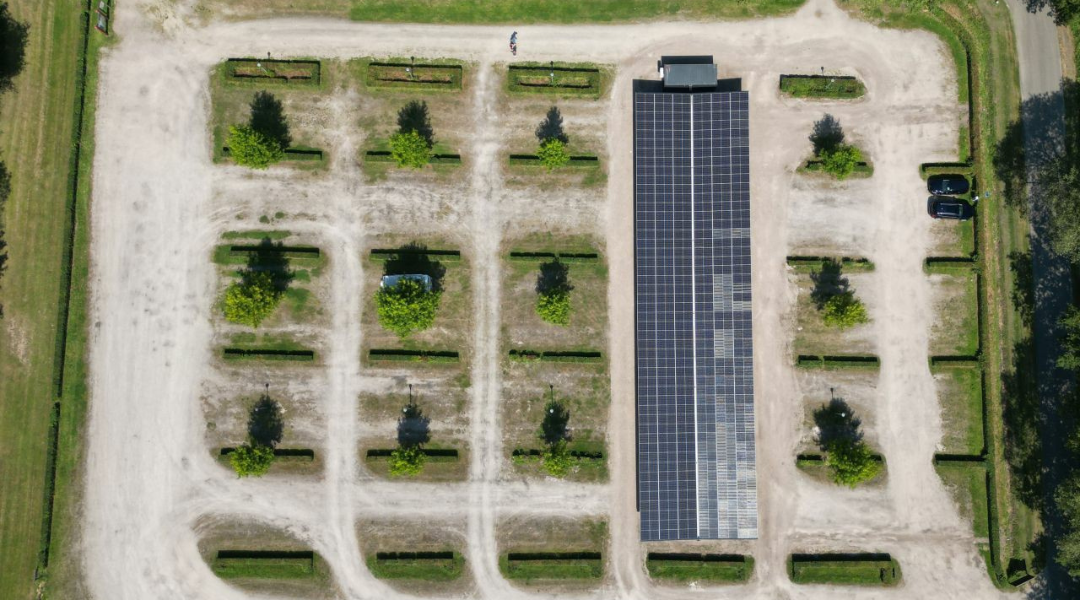
Types of Photovoltaic Carports
Based on Parking Capacity: Dual-Space or Multi-Space
Most PV carports use modular designs, allowing for standalone or combined units ranging from a few to over a hundred parking spaces, providing flexible scalability.
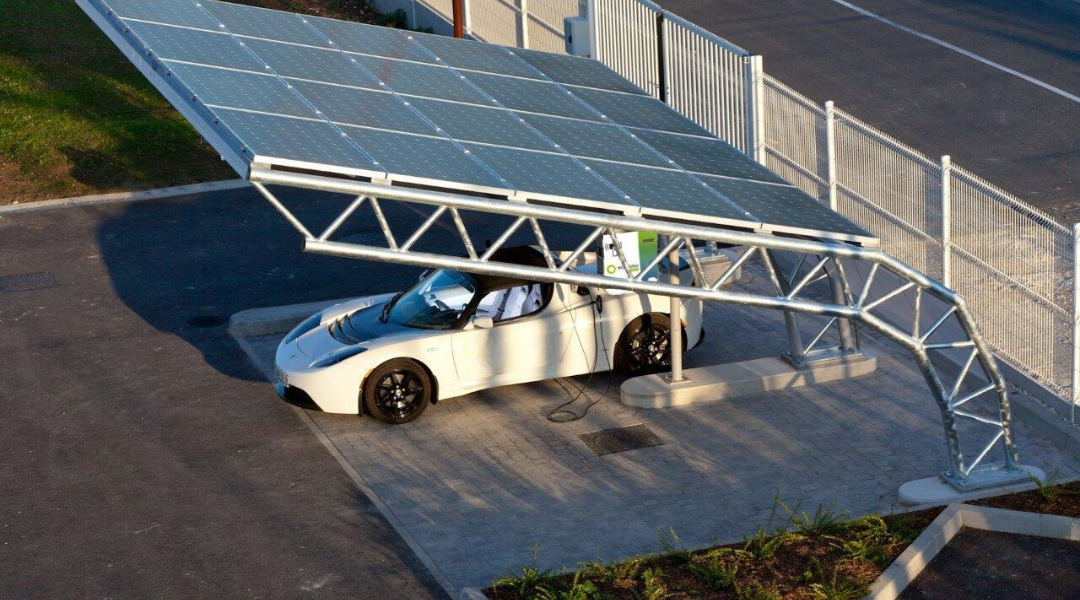
Dual-Space 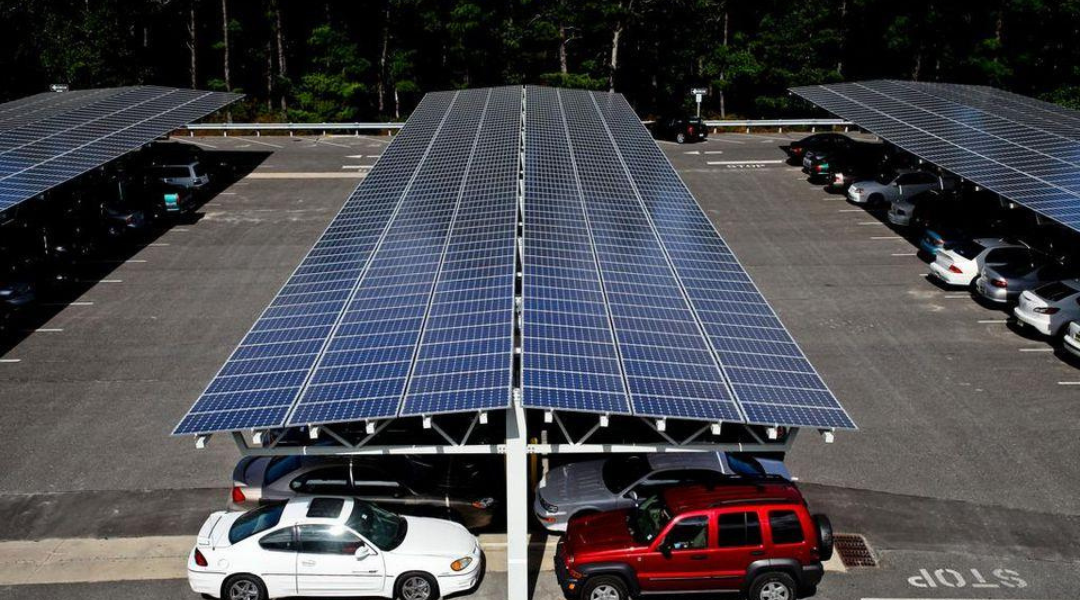
Multi-Space Based on PV Module Type: Conventional PV or Bifacial PV
Using conventional PV modules results in lower overall costs and shorter payback periods. Bifacial PV modules, while slightly more expensive, offer an enhanced aesthetic appeal.
Types of Solar Carport Bracket
Based on Structural Material: Aluminum, Steel, or Concrete
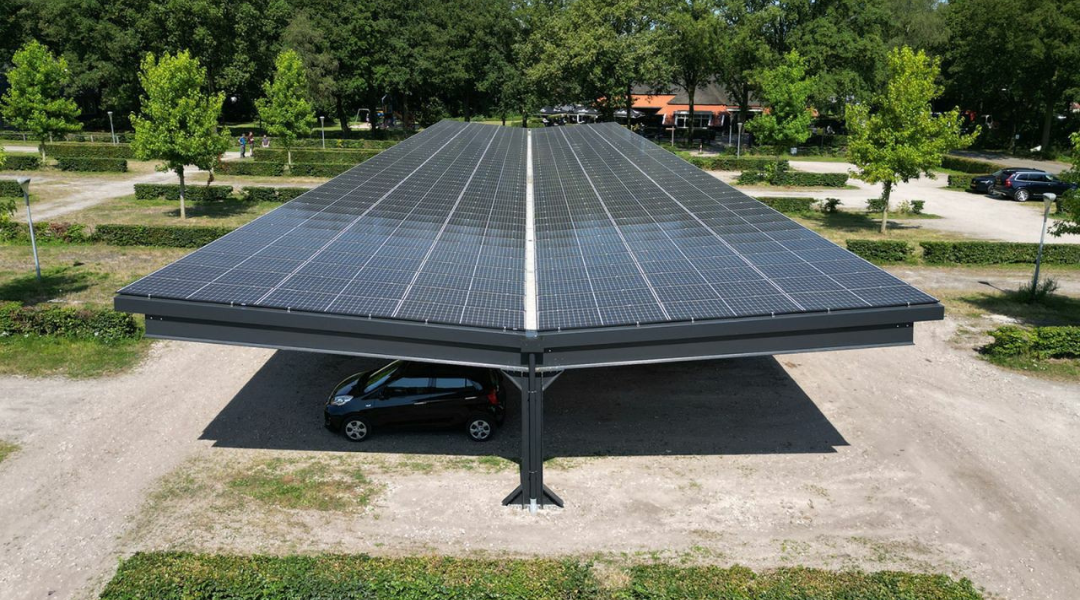
Metal Structure 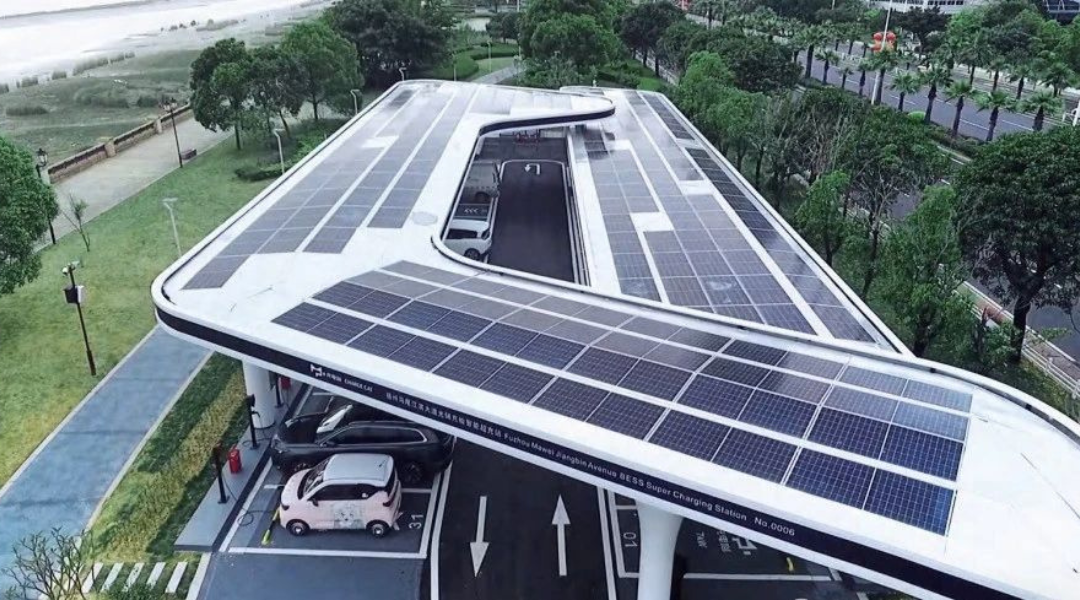
Concrete Structure Based on Column Support: Single-Column or Dual-Column
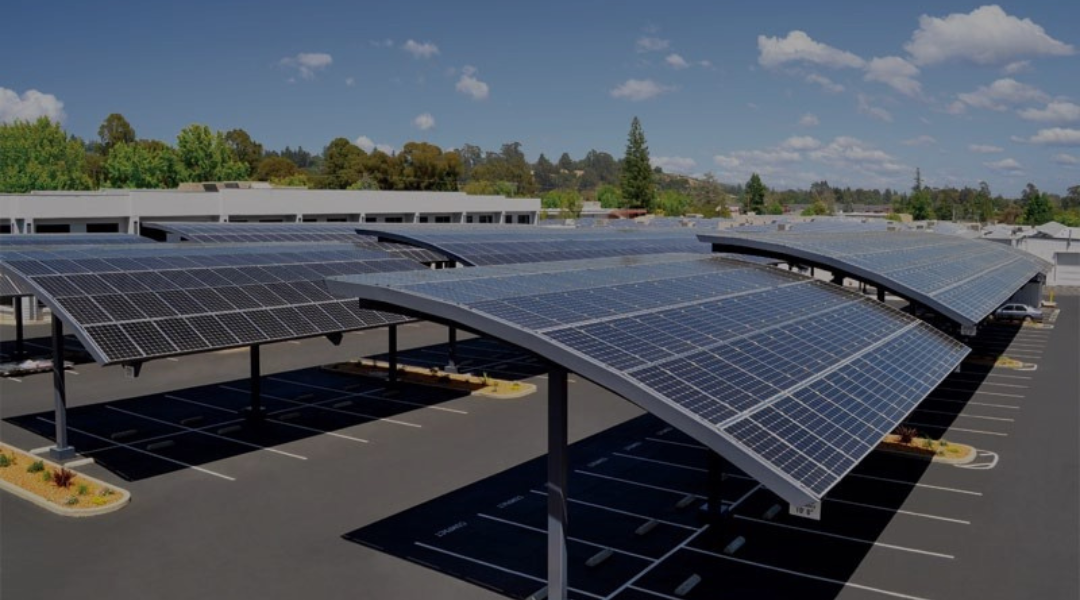
Single-Column 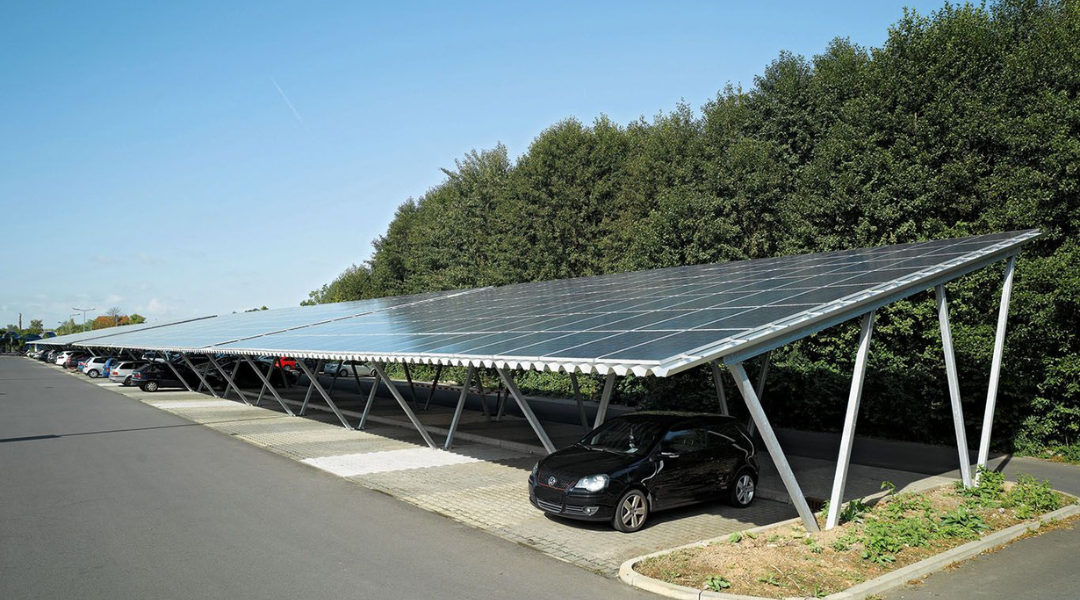
Dual-Column
Key Features of Solar Carports
Dual-Purpose
Satisfying both parking and renewable electricity generation needs, this integrated design achieves high-efficiency land use
Economic Benefits
Although initial construction costs are relatively high, PV carports can provide substantial long-term electricity cost savings and generation revenue, offering favorable investment returns.
Environmental Advantages
PV generation is a zero-emission clean energy technology that effectively reduces greenhouse gas emissions and contributes to climate change mitigation.
Aesthetic Improvement
PV carport designs can be integrated into the landscape, adding aesthetic enhancements to parking facilities and improving the overall environmental quality.
Future Development of Photovoltaic Carports
As electric vehicles become a dominant trend in the automotive industry, the need to address charging and parking challenges will grow. With technological advancements, "PV-storage-charging" microgrid systems will emerge, enabling PV self-consumption and surplus energy storage to maximize economic benefits. Furthermore, the rapid development of AI technology will lead to the evolution of smart PV carports that integrate intelligent parking, charging, and billing capabilities.
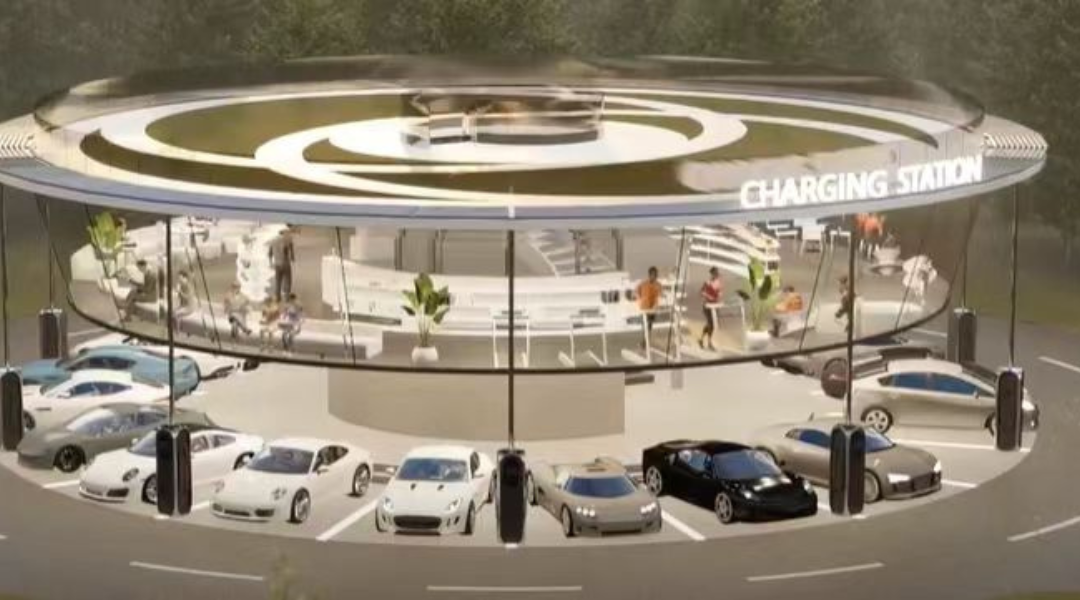
Project Case
Project Case: Xizi Smart Park Charging Station This is an integrated PV-storage-charging station project located in Hangzhou, China. Completed and operational in 2022, the station was designed, constructed, and maintained through a comprehensive process
After a thorough site assessment and traffic analysis, 10 high-power 240kW DC fast charging units were installed on the premises.
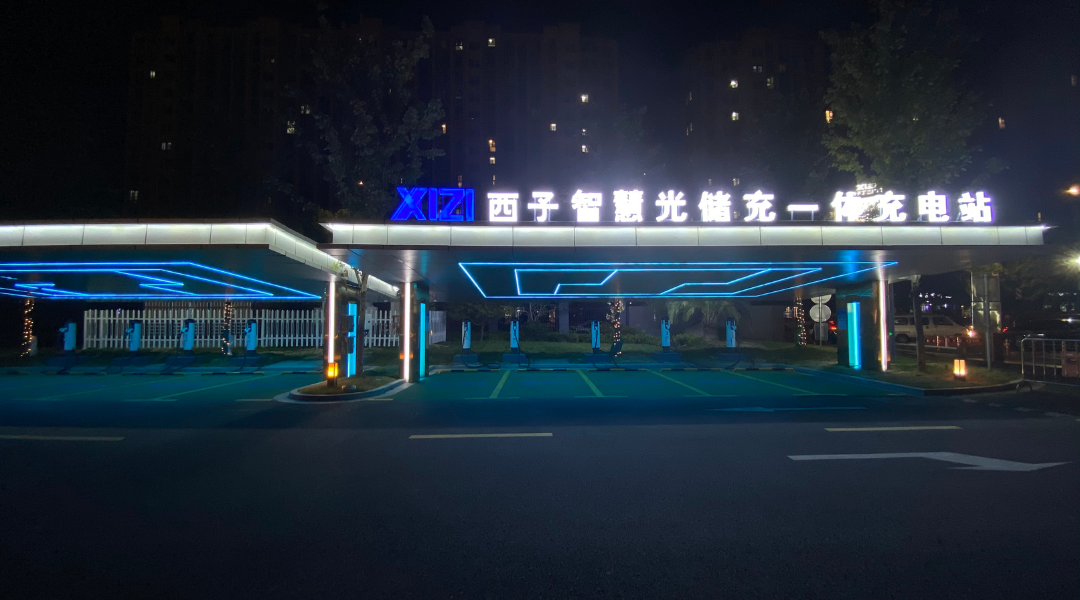
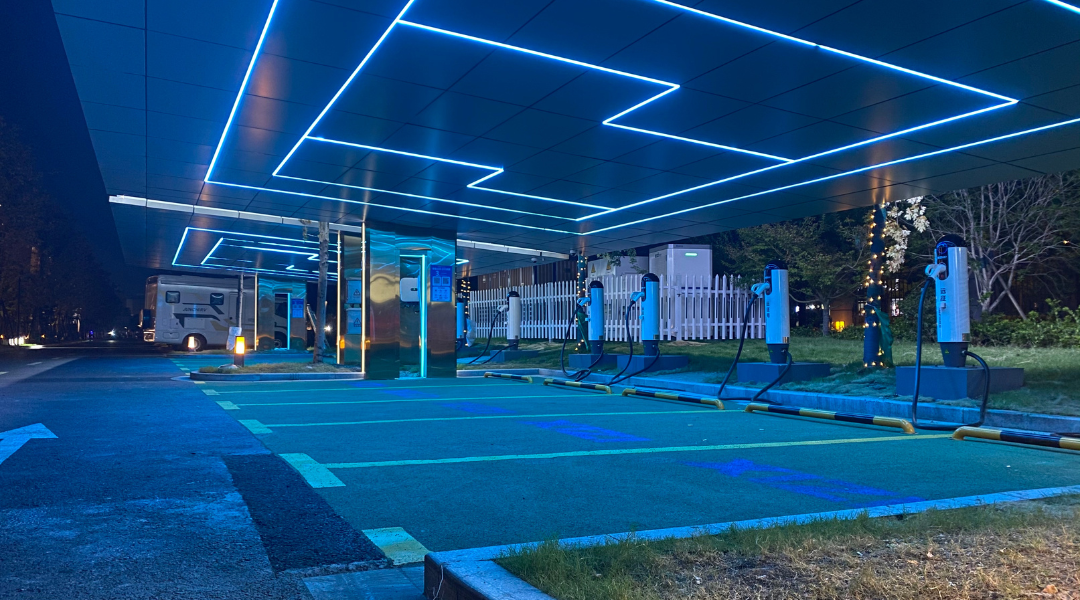
Conclusion
With technological progress and cost reductions, photovoltaic carports are being increasingly adopted as innovative infrastructure that integrates environmental, economic, and aesthetic benefits. By fulfilling parking needs while also contributing to renewable energy generation, PV carports represent a perfect synergy of parking and power production, with promising development prospects.